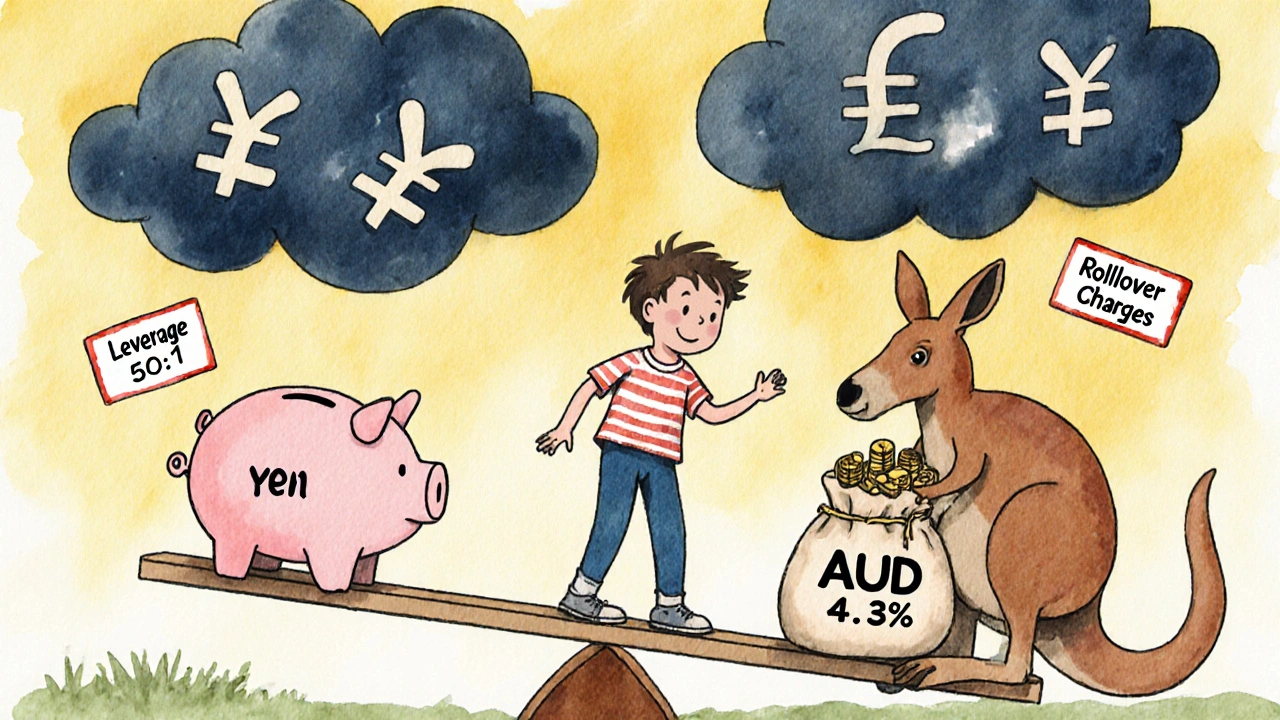Retail Forex Trading: What It Is, Who It’s For, and How to Avoid Common Pitfalls
When you hear retail forex trading, the practice of individual traders buying and selling currencies on the foreign exchange market using online platforms. Also known as spot forex trading, it’s what millions of people try after seeing ads promising quick profits from home. But here’s the truth: over 80% of retail forex traders lose money within their first year. Not because they’re dumb, but because they don’t understand how the game is rigged.
The market itself isn’t the problem—it’s the structure. forex brokers, companies that act as intermediaries between traders and the global currency market make money from spreads, not your losses. They don’t care if you win or lose—they just need you to trade often. And they encourage it by offering crazy leverage in forex, the ability to control large currency positions with very little capital. A 100:1 leverage means you can trade $100,000 with just $1,000. Sounds powerful? It’s a trap. A tiny 1% move against you wipes out your entire account. Most brokers don’t warn you that your risk isn’t just market-based—it’s structural.
Real traders who survive focus on three things: understanding how currency pairs move, managing risk before every trade, and avoiding emotional decisions. retail forex trading isn’t about predicting the next big swing—it’s about staying in the game long enough to catch the few profitable setups. You won’t find that in YouTube videos or signal groups. You’ll find it in disciplined routines: setting stop-losses every time, sizing positions based on account risk, and tracking every trade like a scientist.
What’s missing from most beginner guides? The hidden costs. Spreads widen during news events. Overnight fees creep in. Slippage eats into fills. These aren’t bugs—they’re features built into the system. The posts below break down exactly how these mechanics work, what brokers hide in their fine print, and how real traders use data—not gut feelings—to make decisions. You’ll see how to compare brokers beyond just commission rates, why most automated trading systems fail, and how to build a simple plan that doesn’t rely on luck.
This isn’t a get-rich-quick guide. It’s a reality check. If you’re serious about trading currencies, you need to know what’s actually happening behind the screen—not what the ads tell you. The articles here give you the tools to spot the traps, understand the risks, and build a realistic path forward.



